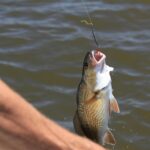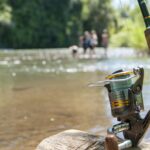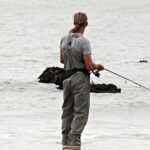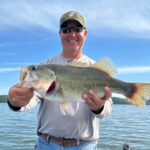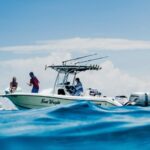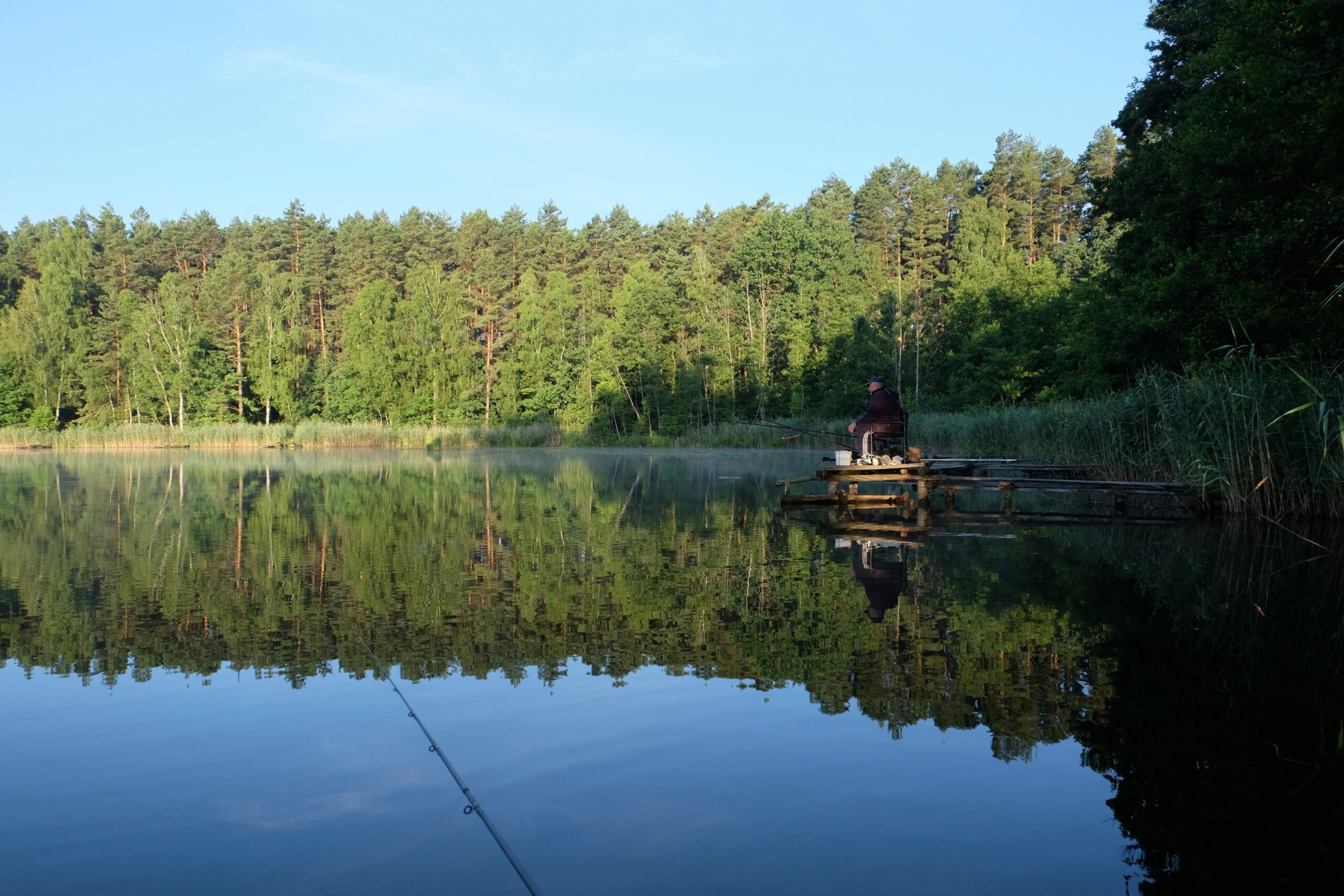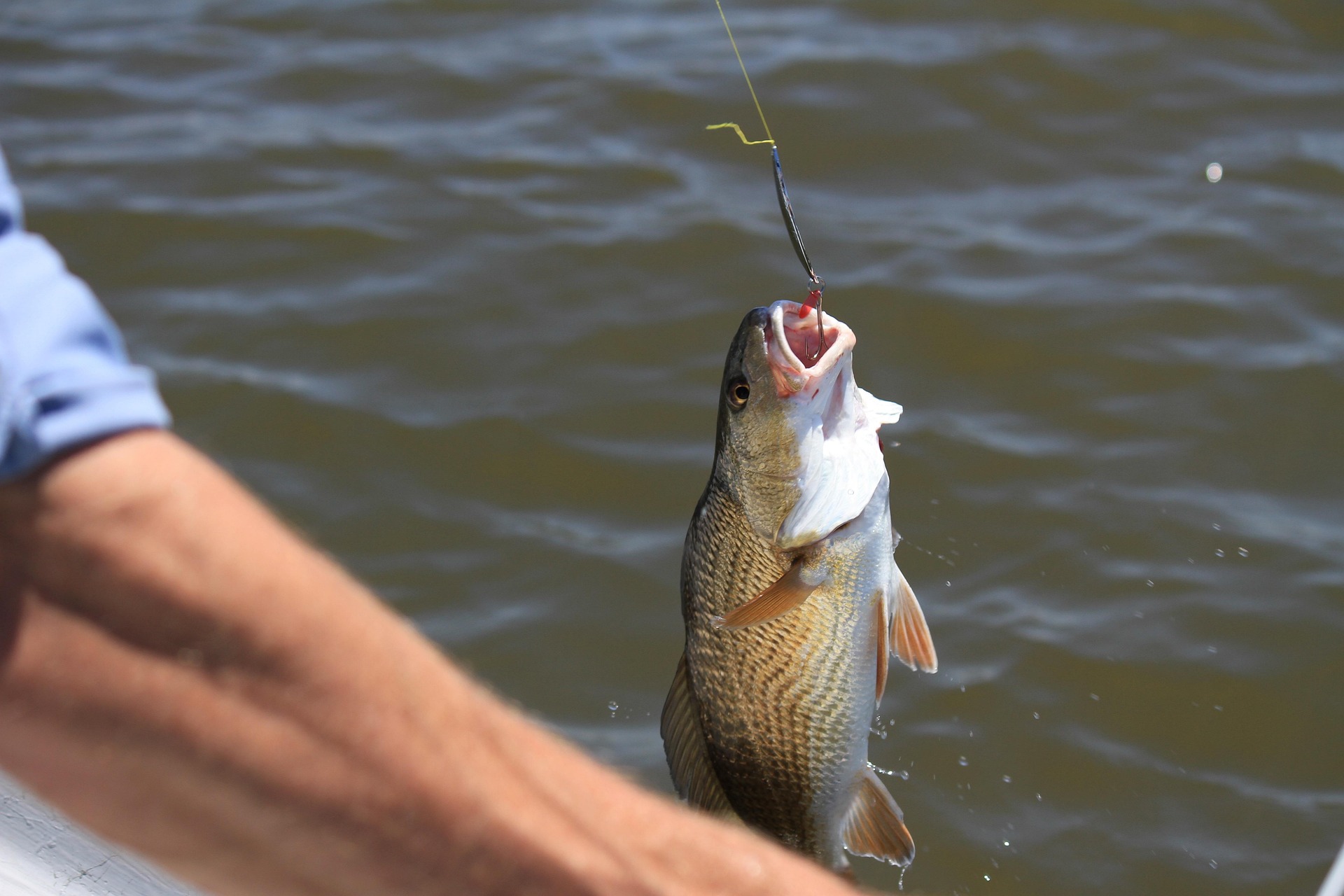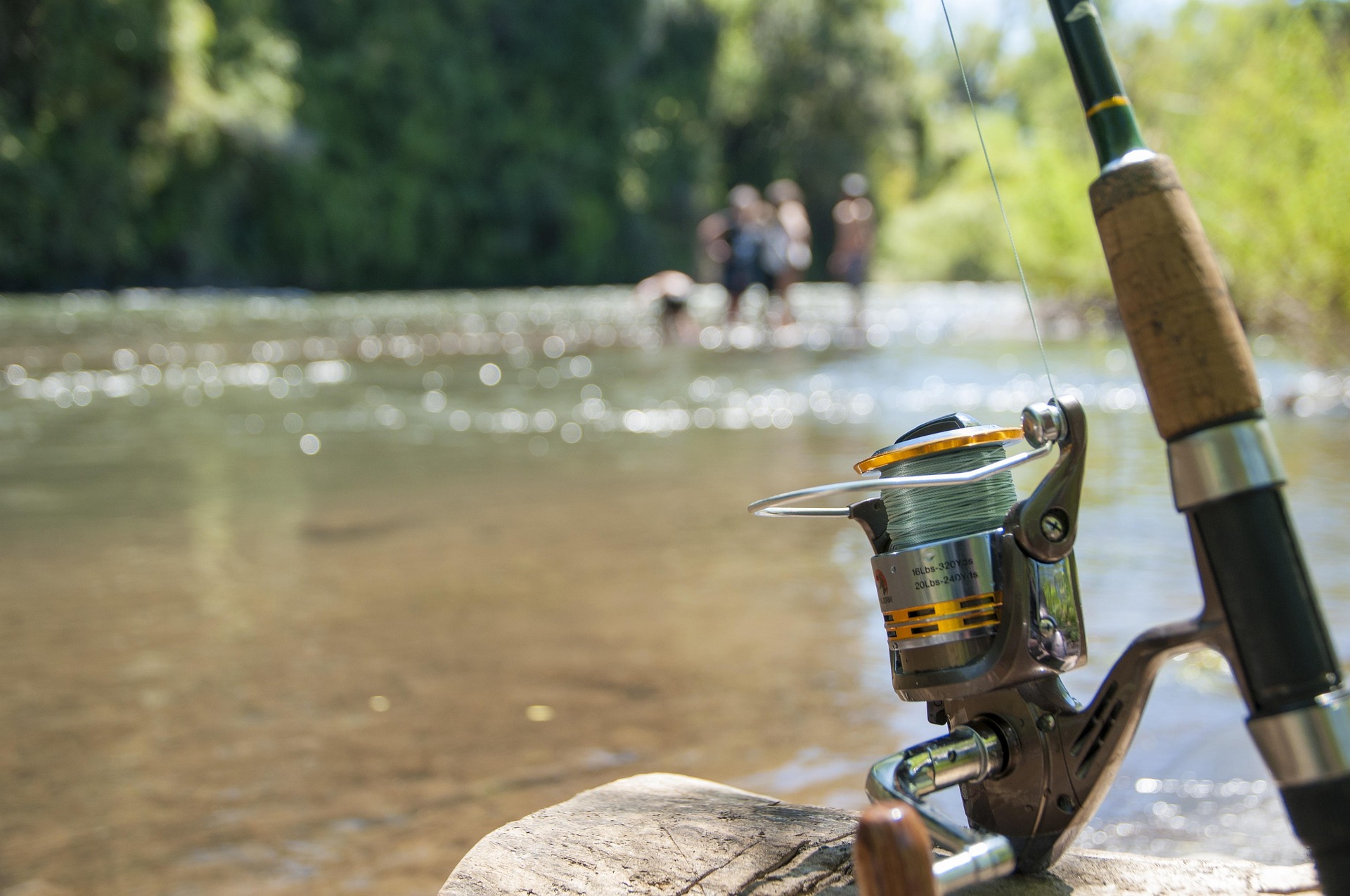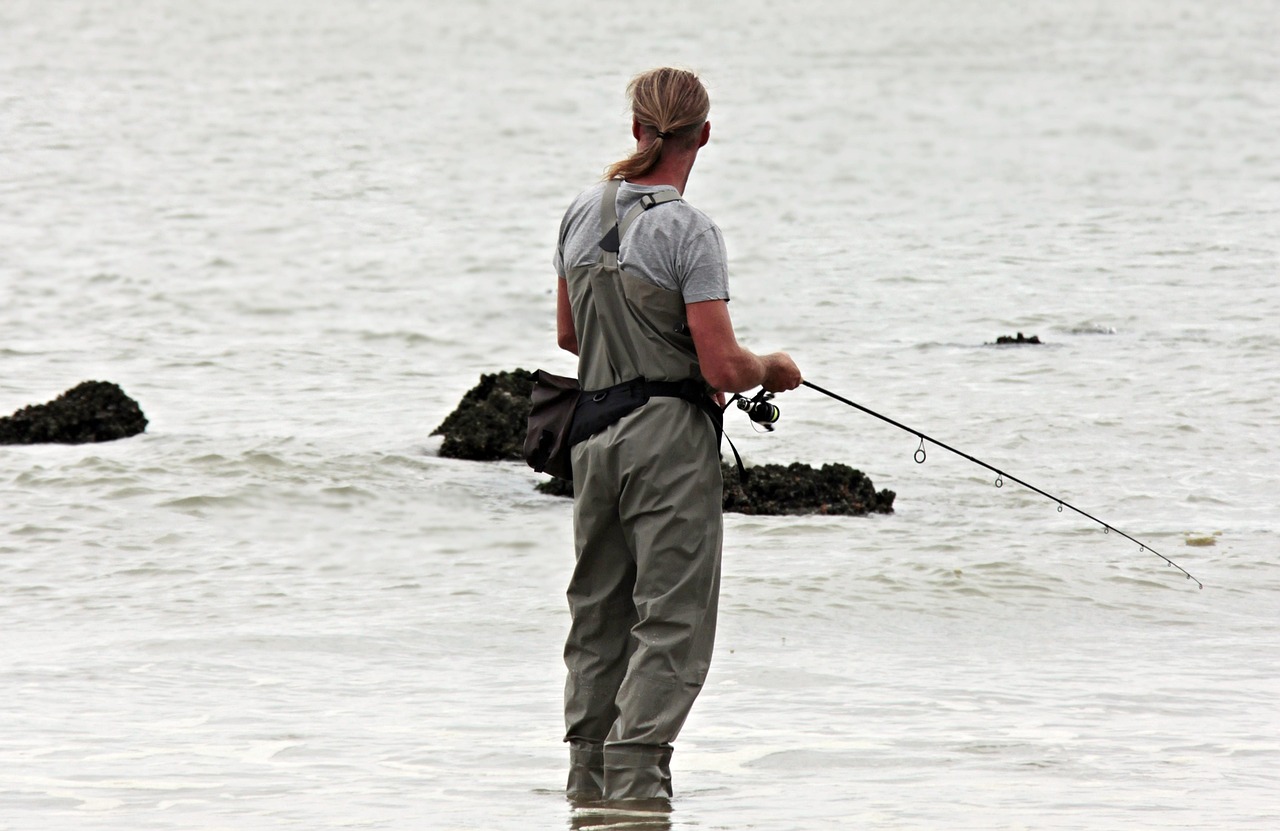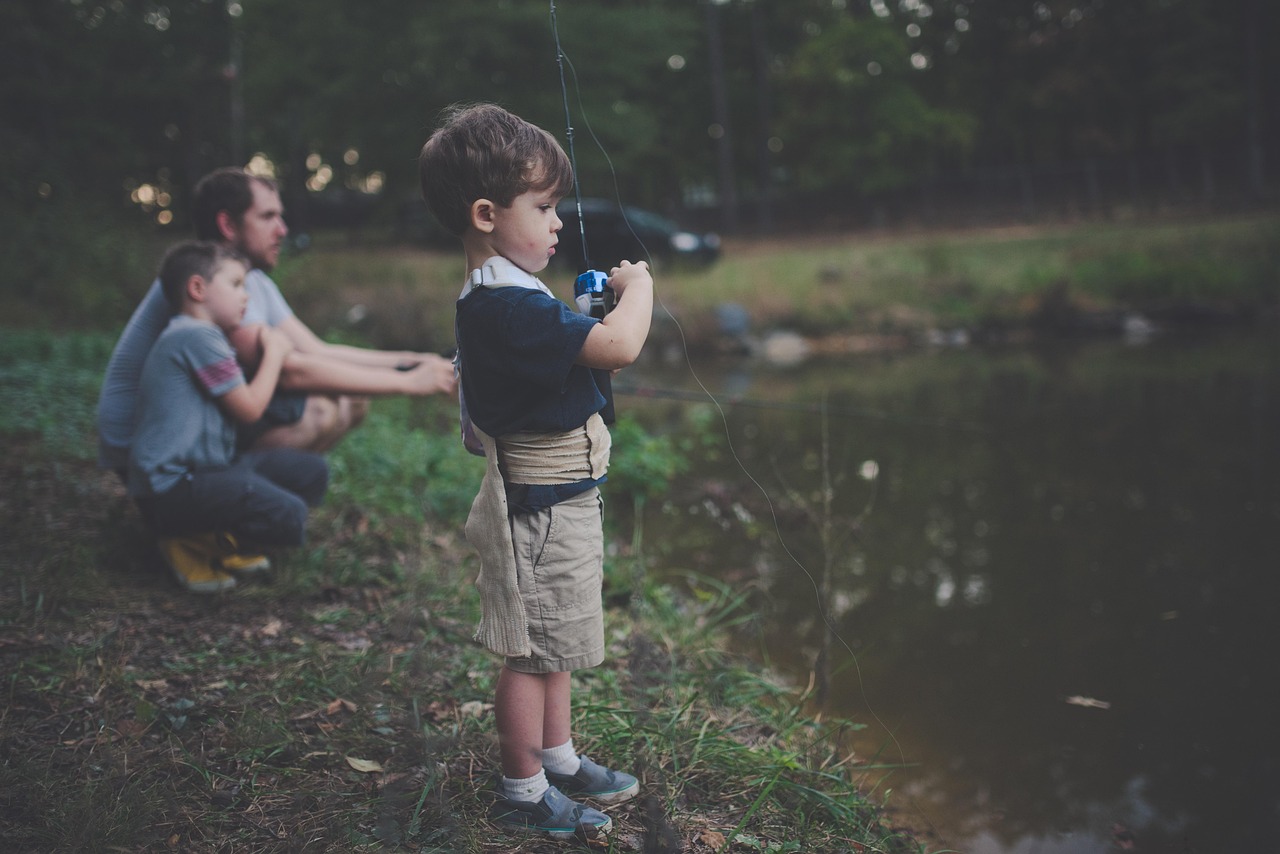Spring brings a perfect combination of warming waters, eager fish, and more favorable fishing conditions. However, the weather can be unpredictable, with changes in temperature, pressure, and precipitation having a significant impact on fish behavior and fishing success. Understanding how weather conditions affect fish activity is crucial to planning your fishing trips and maximizing your chances of a successful day on the water. In this article, we’ll explore how weather impacts fishing in the spring and share tips on what you can do to adapt to different conditions.
How Weather Affects Fish Behavior in Spring
1. Temperature: A Major Factor
Water temperature plays a key role in determining fish activity. As water warms in spring, fish become more active after the cold winter months, but extreme temperature shifts can cause them to behave unpredictably.
- Rising Temperatures: As water temperatures increase, fish such as bass, walleye, and trout start moving to shallow waters to feed. During this time, they’re more likely to strike on lures and bait that mimic their natural prey, like worms, minnows, or small crayfish. When water temperatures hover between 50°F and 60°F, it marks a prime feeding window for many species.
- Cold Fronts: A cold front can dramatically drop water temperatures, causing fish to become sluggish and retreat to deeper, cooler waters. They may become less aggressive and harder to catch. During cold fronts, fish are often less active, and bite rates slow down.
Tip: When temperatures drop suddenly due to a cold front, slow down your bait presentation. Fish become less aggressive, so finesse lures, jigs, or live bait can be more effective. Look for fish in deeper, more stable water temperatures during these periods.
2. Barometric Pressure and Its Impact
Barometric pressure is another weather variable that affects fish behavior. Pressure systems change constantly, affecting how fish feel and move.
- High Pressure: High-pressure systems often bring clear, calm skies and stable weather. This can make fishing slower, as fish tend to be less active. During high-pressure periods, fish may retreat to deeper waters where the pressure is more consistent.
- Low Pressure: Low-pressure systems, typically associated with overcast skies or approaching storms, can trigger more active feeding behavior in fish. Lower pressure makes fish feel more comfortable, and they’re more likely to roam around and hunt for food. Low-pressure days often lead to better fishing opportunities.
Tip: Fish just before and during low-pressure systems. When the pressure begins to drop, fish tend to feed more aggressively to build up energy before a storm arrives. Overcast days also provide cover, so fish are more likely to move freely in shallow waters.
3. Wind: Use It to Your Advantage
Wind is a double-edged sword in spring fishing—it can either help or hinder your success, depending on the strength and direction of the gusts.
- Light Winds: A light breeze can be beneficial because it can help cover your scent and make it harder for fish to detect your presence. A gentle wind also ripples the water’s surface, which can encourage fish to move into shallower areas to feed.
- Strong Winds: While strong winds can make fishing difficult by creating waves and reducing visibility, they can also push fish into sheltered areas where the wind is blocked. Fish will often seek out calm pockets of water, such as the downwind side of structures or along the shoreline, where food is concentrated.
Tip: On windy days, fish near shorelines or in sheltered coves where fish can find calm water. Use heavier lures or baits that won’t be blown around too much, and adjust your casting techniques accordingly.
4. Rain: The Right Amount Can Be Beneficial
Rainfall can significantly change the behavior of fish in the spring. Fish are sensitive to changes in the environment, and rainstorms can either improve or worsen fishing conditions, depending on the intensity.
- Light Rain: A gentle rain shower can actually improve fishing conditions. The rain creates surface disturbances that help conceal your presence and makes fish feel more comfortable in shallow waters. Rain also washes insects and other food sources into the water, which triggers fish to feed more actively.
- Heavy Rain: Heavy rain, however, can muddy up the water, reducing visibility and making it harder for fish to detect prey. In murky waters, fish often move to calmer, deeper areas to avoid the debris. After a heavy downpour, fish may become less willing to bite.
Tip: Fish during light rain, as it can trigger increased feeding activity. Avoid fishing immediately after a heavy downpour, as water visibility will be reduced. Wait until the water clears up, and focus on fishing near structures or deep pockets where fish can take refuge.
5. Cloud Cover: Ideal for Fishing
Spring weather is often marked by a mix of sunny and cloudy days, and fish tend to behave differently depending on the amount of sunlight.
- Sunny Days: On bright, sunny days, fish are often more cautious and retreat to deeper waters where they are less exposed. They seek shelter near structures like rocks, fallen trees, or aquatic vegetation, which provide shade and cover from predators.
- Cloudy Days: Overcast days are ideal for fishing because the diffused light makes fish feel less exposed. Fish are more likely to move around in shallow waters and feed more actively since they aren’t as wary of predators. Cloud cover also allows anglers to cast without spooking the fish as easily.
Tip: Take advantage of overcast days to fish throughout the day, as fish will be more active in the shallows. On sunny days, fish early in the morning or late in the evening, when the sun is lower and fish are more likely to venture out from their hiding spots.
Adapting to Weather Changes
While weather conditions are often unpredictable, you can improve your chances of success by staying flexible and adapting your approach based on real-time changes:
- Check the Forecast: Before heading out, check the weather forecast, including temperature, pressure, wind, and precipitation patterns. This will help you determine the best time and location to fish.
- Use the Right Gear: Different weather conditions require different gear. For windy days, use heavier tackle to keep your bait in place. On rainy days, consider using brightly colored lures that stand out in murky water.
- Be Patient: Spring weather can be unpredictable, and fish behavior can be inconsistent. If the weather suddenly changes, don’t give up. Adjust your tactics—whether it’s changing your lure selection or moving to a deeper spot—and stay patient.
- Use Technology: Consider using a fish finder to locate fish in varying water depths, especially during periods of weather change. This technology can help you locate fish when their location shifts due to changing weather conditions.
Conclusion
Spring is an exciting season for anglers, but the weather can play a huge role in determining whether your trip will be successful or frustrating. By understanding how temperature, barometric pressure, wind, rain, and cloud cover affect fish behavior, you can make informed decisions about where and when to fish. Always remain adaptable, use the right gear, and take advantage of favorable weather patterns to increase your chances of landing your biggest catch of the season.

